- Have any questions?
- +86-189 8930 5995
- sales@mosinterchem.com.cn
L-5-Hydroxytryptophan CAS 4350-09-8

Diosmin CAS 520-27-4
21/12/2018
Phosphoric Acid CAS 7664-38-2
21/12/2018| Model: | MOS 4350-09-8 |
| Place of Origin: | Sichuan,China (Mainland) |
| Brand Name: | MOSINTER |
| CAS: | 4350-09-8 |
| Brand: | MOSINTER |
| Specific rotation: | -32.5° |
| Solubility (mg/ml): | 10 |
| Molecular formula: | C11H12N2O3 |
| Molar mass: | 220.23 g/mol |
| Density: | 1.484 g/mL |
| Density (g/ml): | 0.902 |
| Melting point: | 298 to 300 °C |
| Boiling point: | 520.6 °C |
L-5-Hydroxytryptophan (CAS: 4350-09-8)
| Item | Index |
| Melting point ℃ | 270 |
| Specific rotation | -32.5° |
| Density (g/ml) | 0.902 |
| Flash point ℃ | 175 |
| Storage conditions ℃ | 2-8 |
| Solubility (mg/ml) | 10 |
5-Hydroxytryptophan (5-HTP), also known as oxitriptan (INN), is a naturally occurring amino acid
and chemical precursor as well as a metabolic intermediate in the biosynthesis of the neurotransmitters
serotonin and melatonin from tryptophan.
5-HTP is sold over the counter in the United Kingdom, Australia, the United States and Canada as a dietary
supplement for use as an antidepressant,appetite suppressant, and sleep aid, and is also marketed in many
European countries for the indication of major depression under trade names likeCincofarm, Levothym,
Levotonine, Oxyfan, Telesol, Tript-OH, and Triptum. Several double-blind placebo-controlled clinical trials
have demonstrated the effectiveness of 5-HTP in the treatment of depression, though a lack of high quality
studies has been noted. More and larger studies are needed to determine if 5-HTP is truly effective in treating
depression, but funding for such studies is lacking due to its non-patentable status.
Metabolism
5-Hydroxytryptophan is decarboxylated to serotonin (5-hydroxytryptamine or 5-HT) by the enzyme
aromatic-L-amino-acid decarboxylase with the help ofvitamin B6. This reaction occurs both in nervous
tissue and in the liver. 5-HTP crosses the blood–brain barrier, while 5-HT does not. Excess 5-HTP,
especially when administered with Vitamin B6, is thought to be metabolized and excreted.
Possible risks or side effects
Because 5-HTP has not been thoroughly studied in a clinical setting, possible side effects and interactions with
other medicine are not well known. However, it is noteworthy that no published reports of serious side effects
(from non-contaminated 5-HTP) exist, despite that 5-HTP is freely available as a nutraceutical. This could indicate
that serious side effects are relatively rare with 5-HTP, at least in moderate doses[quantify]. On the other hand, acute
moderate gastrointestinal effects, such as diarrhea and vomiting, are common upon administration of 5-HTP, probably
due to rapid formation of serotonin in the upper intestinal tract.
Oral 5-HTP results in an increase in urinary 5-HIAA, a serotonin metabolite, indicating that 5-HTP is peripherally
metabolized to serotonin, which is then metabolized. This might cause a false positive test in tests looking for carcinoid
syndrome.
Known drug interactions:
-
- When combined with antidepressants of the MAOI or SSRI class, high dose 5-HTP can cause acute
- serotonin syndrome in rats.
In humans 5-HTP has never been clinically associated with serotonin syndrome.
-
- When combined with carbidopa (as a treatment for symptoms of Parkinson’s disease), 5-HTP causes
- nausea and vomiting; however this can be alleviated via administration of granisetron. As mentioned
- above under pharmacology, cases of scleroderma-like illness have been reported in patients using
- carbidopa and 5-HTP.
It has been suggested by the pharmaceutical industry that 5-HTP may cause eosinophilia-myalgia syndrome (EMS),
a serious condition which results in extreme muscle tenderness, myalgia, and blood abnormalities. However, there is
evidence to show that EMS was caused by a contaminant in early 5-HTP supplements, before the introduction of the
current Good Manufacturing Practices by the United States FDA in 2007. Many countries now employ similar regulation.
You must be logged in to post a review.

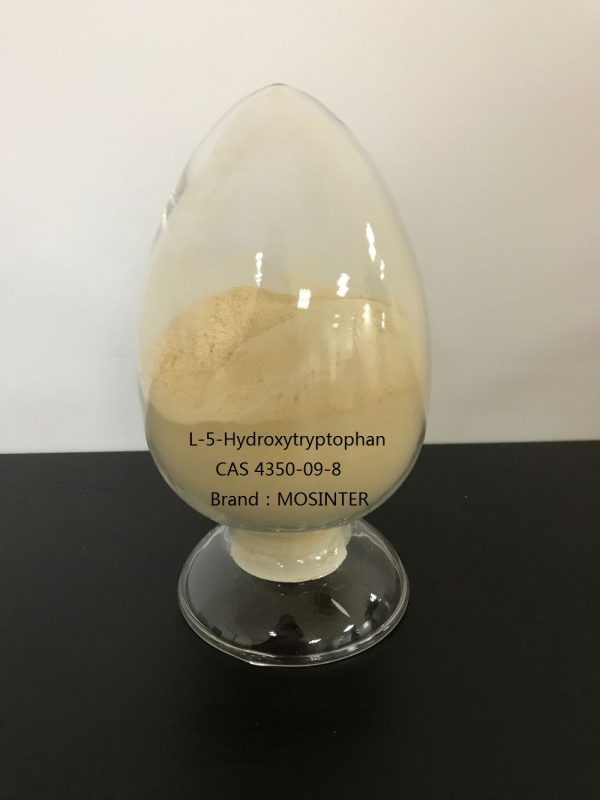
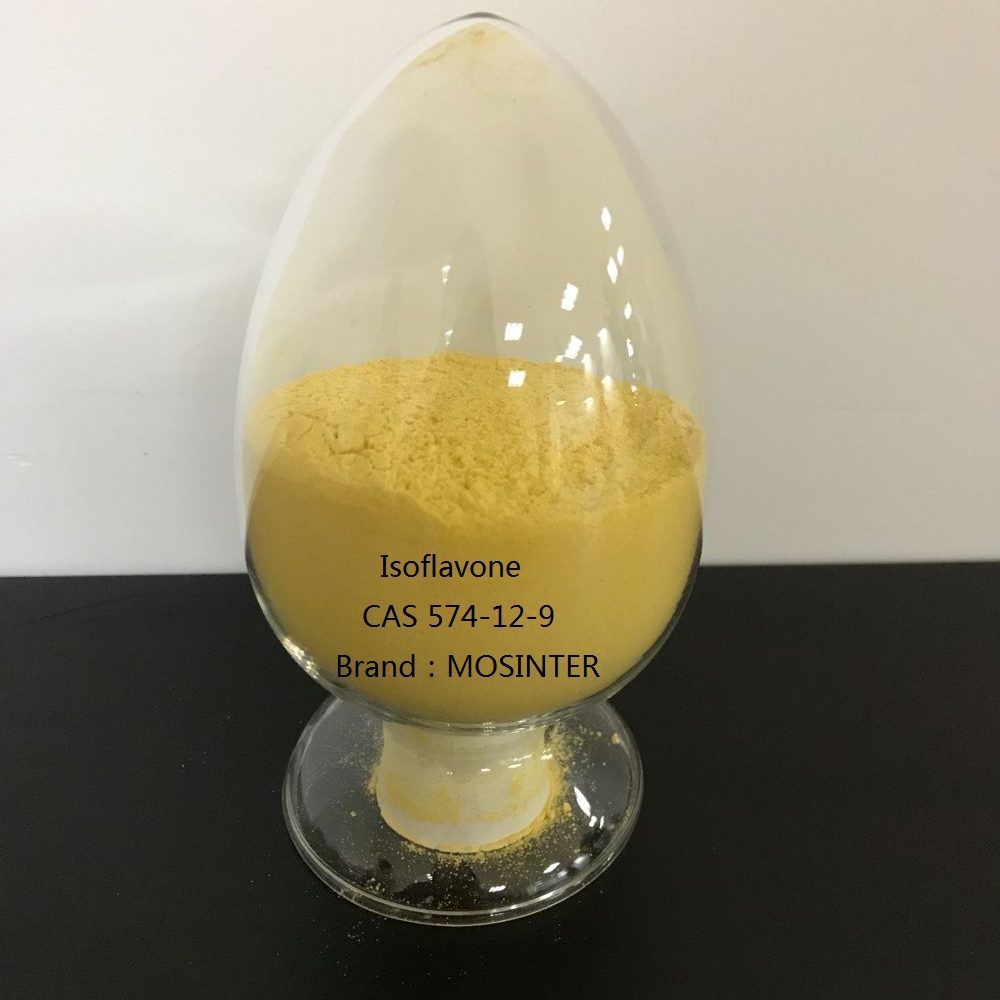
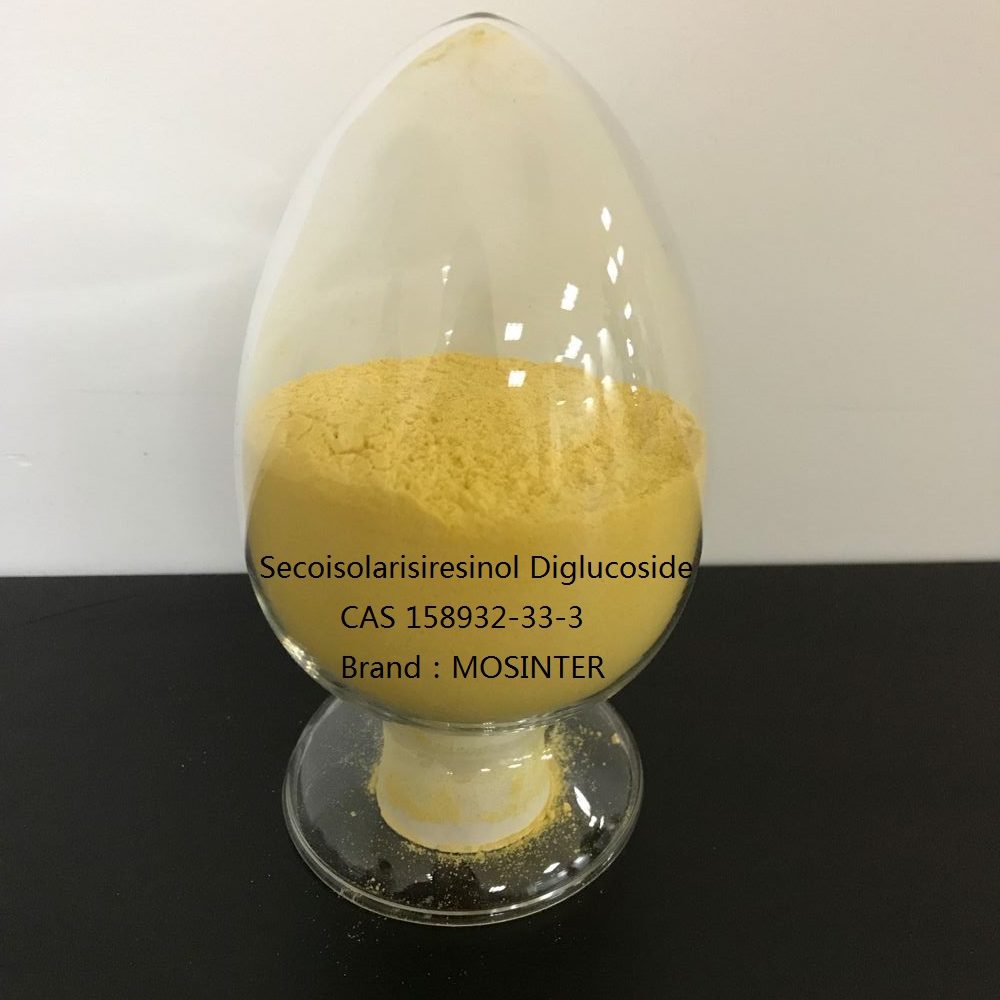
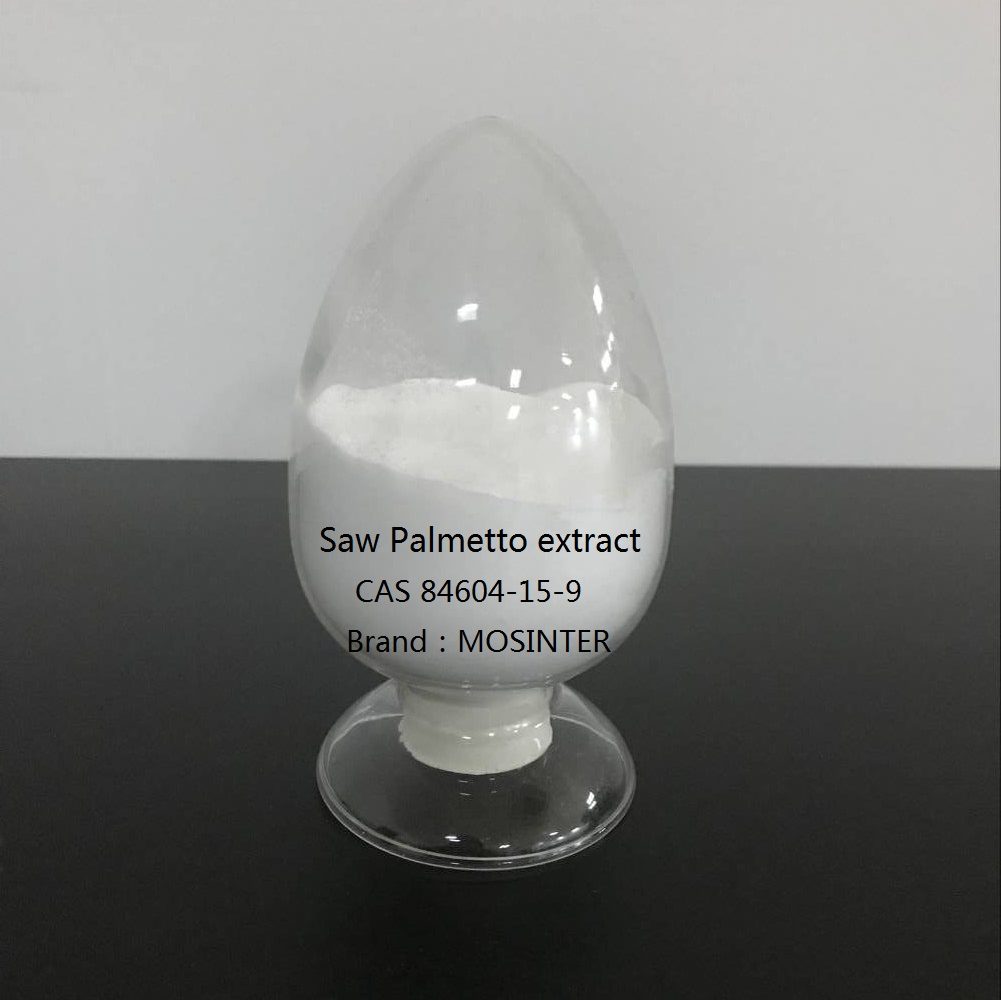
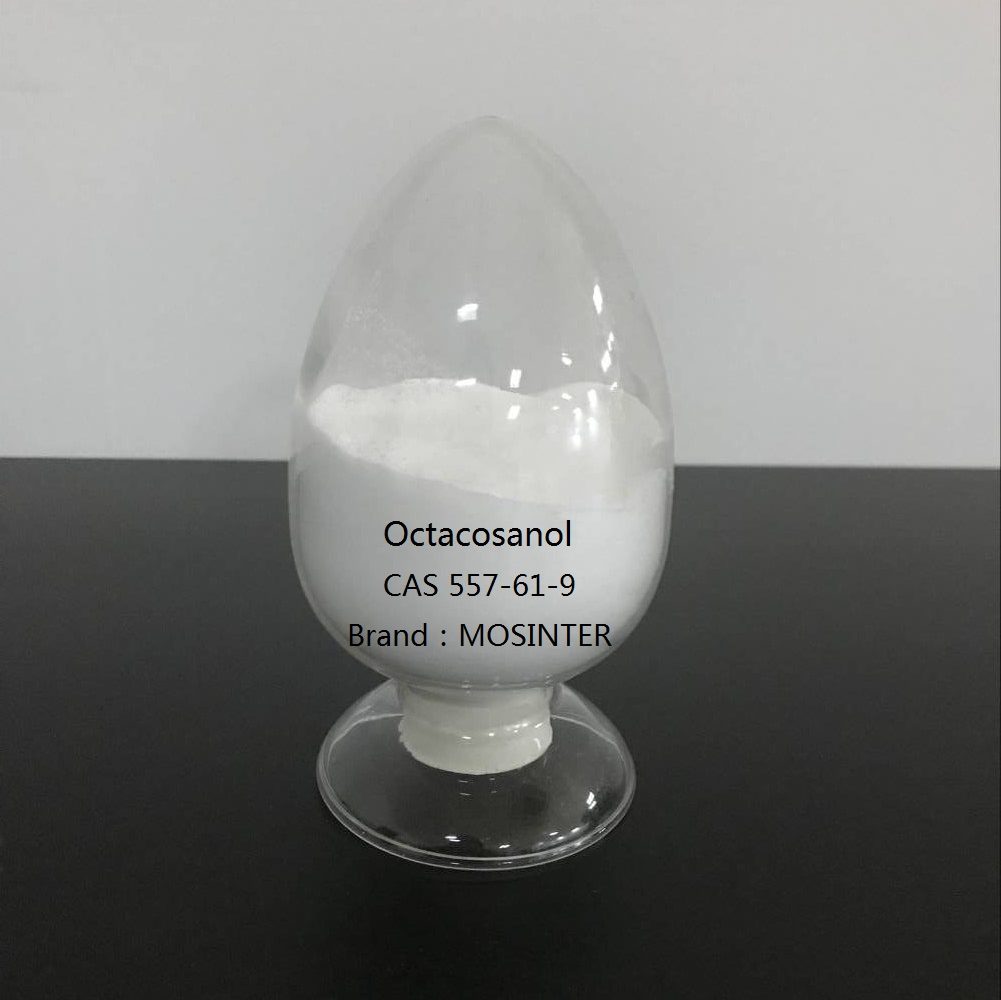
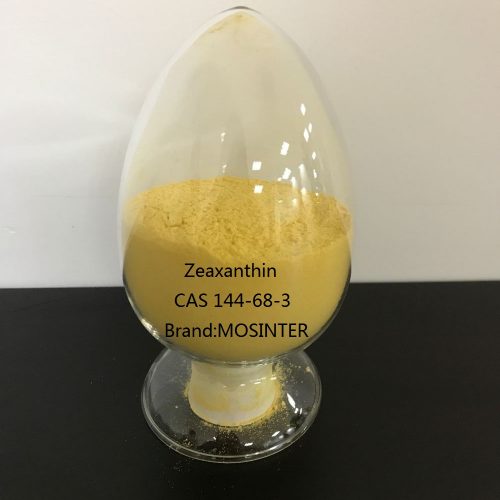
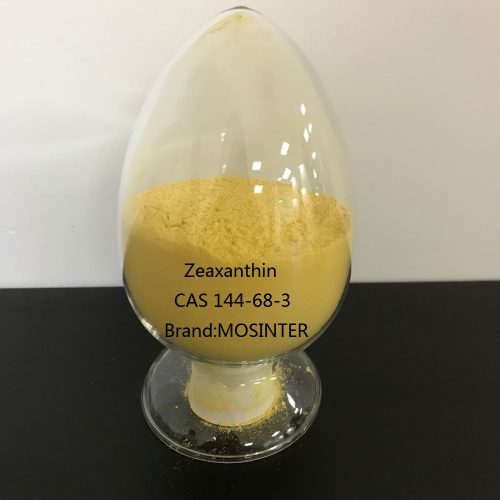
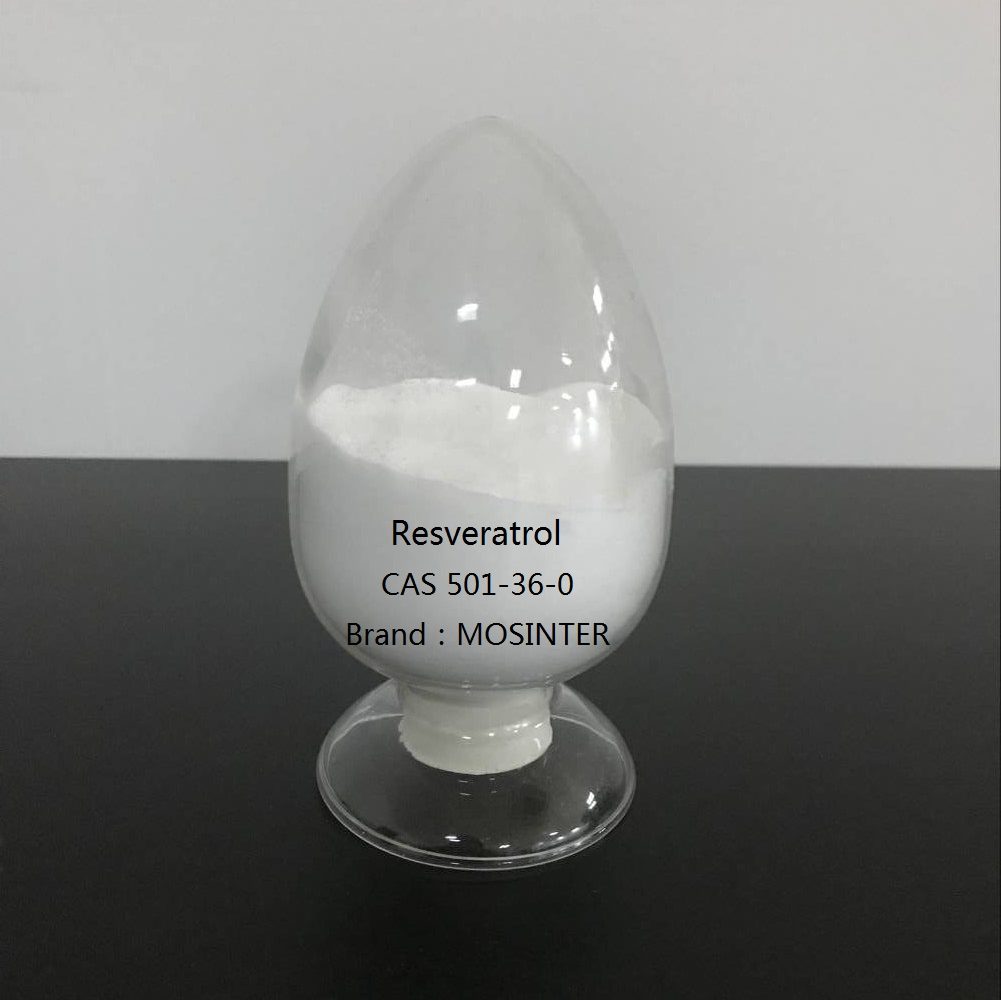
Reviews
There are no reviews yet.